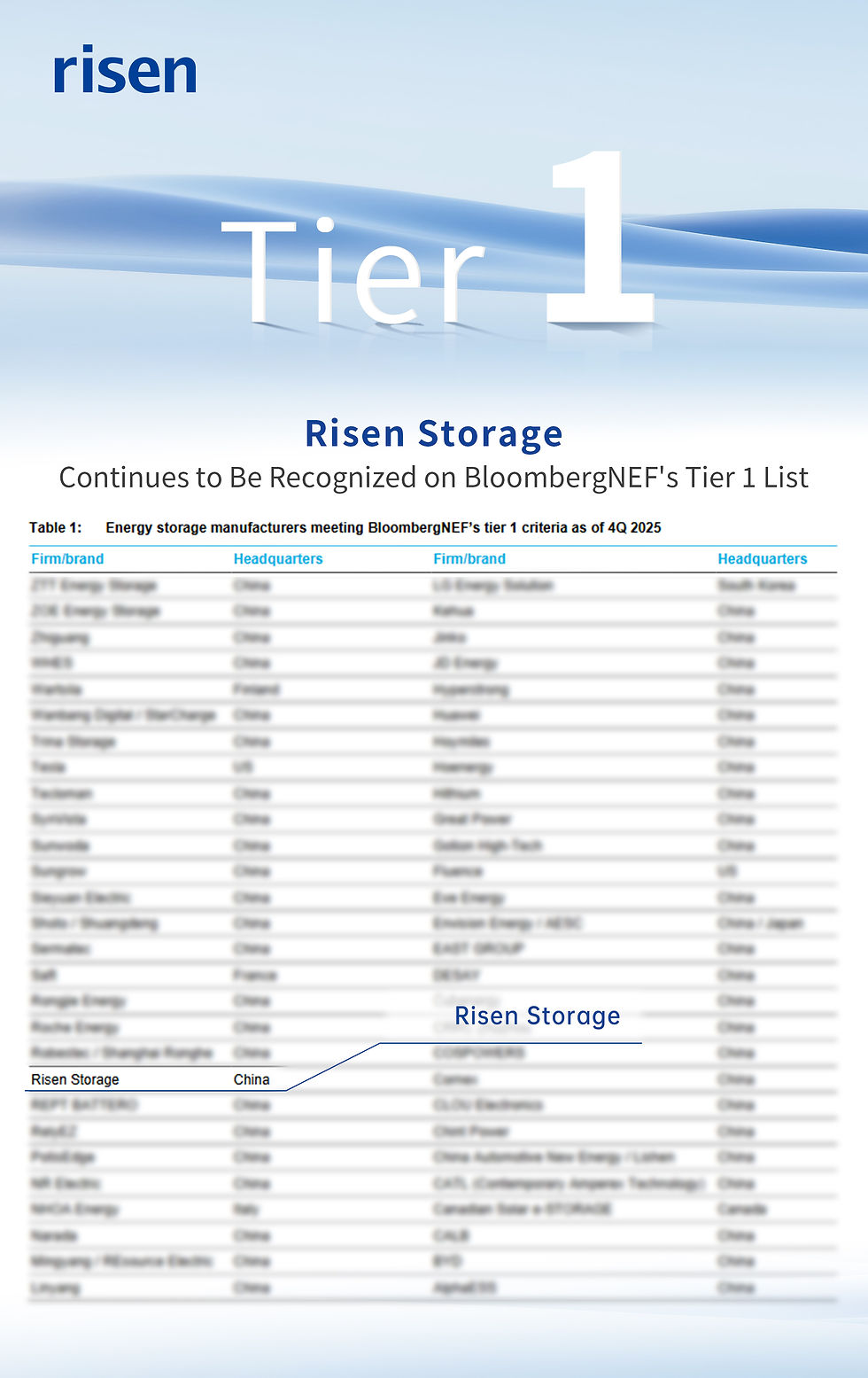India’s solar potential estimated at 10.8 TW
- Energy Box

- Jun 20
- 2 min read

A recent study conducted by The Energy and Resources Institute (TERI) has placed India’s total solar energy potential at an impressive 10,830 GW—a dramatic increase from the Ministry of New and Renewable Energy’s (MNRE) 2014 estimate of 748 GW.
The updated assessment re-evaluates traditional deployment areas, such as barren and unculturable land, and introduces new solar integration categories to comprehensively reflect India’s solar capabilities.
The study estimates solar potential across the following categories:
Ground-mounted PV on barren and unculturable land: 4,909 GW
Floating solar PV: 100 GW
Rural and urban rooftop PV: 960 GW
Agri-PV (across horticulture, coffee, and tea plantations): 4,177 GW
Railway, roadway, building-integrated PV (BIPV), and urban PV: 684 GW(Based on estimates from a collaborative study by GIZ India, CSTEP, EY, and Fraunhofer)
For ground-mounted and floating systems, a standardized land-use norm of 3 acres per megawatt was applied.
The largest single contributor—ground-mounted solar on barren land—was estimated through a high-level GIS analysis. The analysis excluded environmentally sensitive zones such as mountainous terrain and protected deserts, and conservatively considered only 50% of the remaining barren land as usable.
This approach ensures sustainable land use that accommodates biodiversity, community access, and grazing needs.
State-wise highlights include:
Rajasthan: 1,234.6 GW
Madhya Pradesh: 731.3 GW
Maharashtra: 606.7 GW
Floating solar potential, estimated at 100 GW, was calculated using 2.5% of the surface area of artificial inland water bodies like reservoirs, barrages, ponds, tanks, and aquaculture facilities. Natural water bodies were excluded to preserve ecological balance.
Rooftop solar capacity is projected at 960 GW, based on average rooftop space per capita—9 sq. m in rural and 10 sq. m in urban areas—with household sizes of five and four persons, respectively.
Agri-PV systems, which integrate solar modules over horticultural fields and plantations, could contribute as much as 4,177 GW. Additional sectors such as railways, roads, BIPV, and urban areas together offer a potential of 684 GW.
In comparison, the MNRE’s 2014 projection only considered 3% of India’s wastelands, significantly underestimating the broader solar landscape. TERI’s reassessment arrives at a pivotal moment, as India scales up its clean energy goals under its revised Nationally Determined Contributions (NDCs) and a net-zero emissions commitment by 2070.
Under its updated NDCs (2022), India is targeting a 45% reduction in emissions intensity by 2030 (relative to 2005 levels) and aims for 50% of installed power capacity to come from non-fossil fuel sources.
With electricity demand expected to reach 9,362 TWh by 2070, the study underscores the indispensable role that solar power must play in India’s energy transition and climate strategy.













Comments